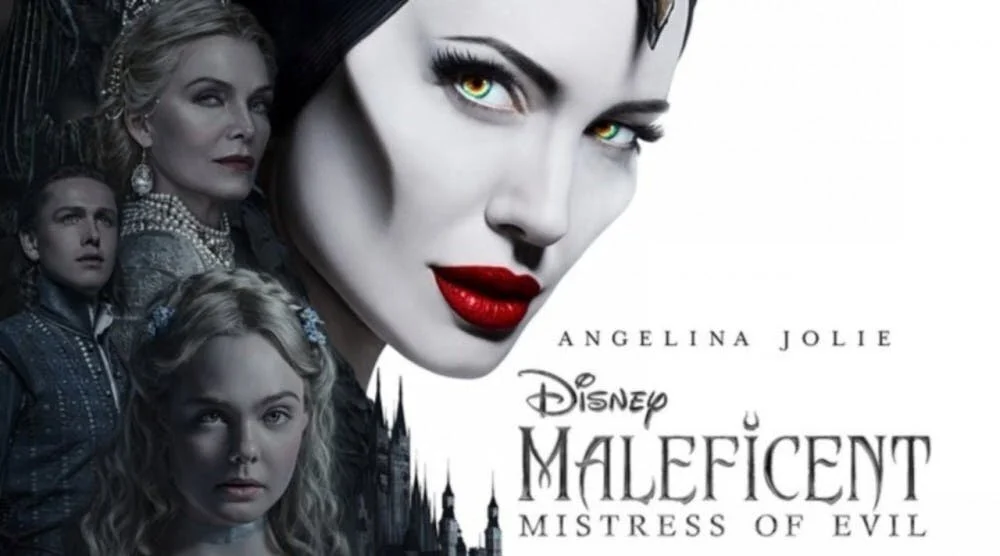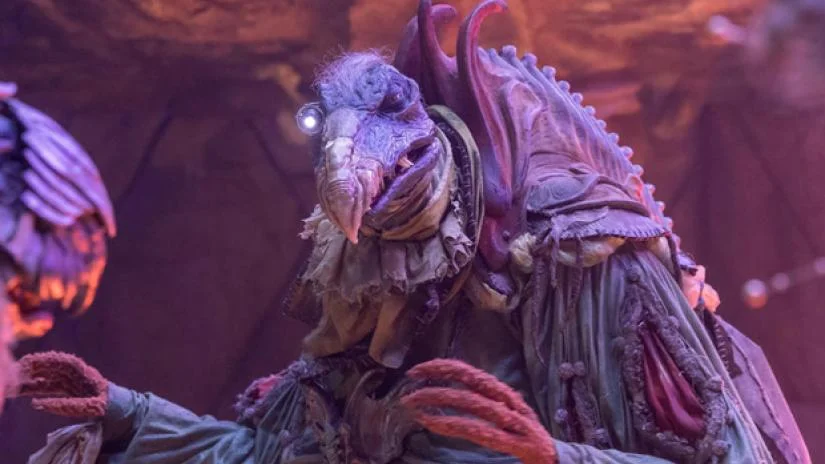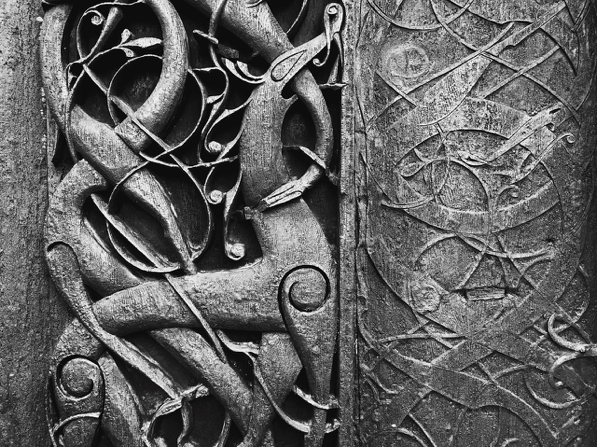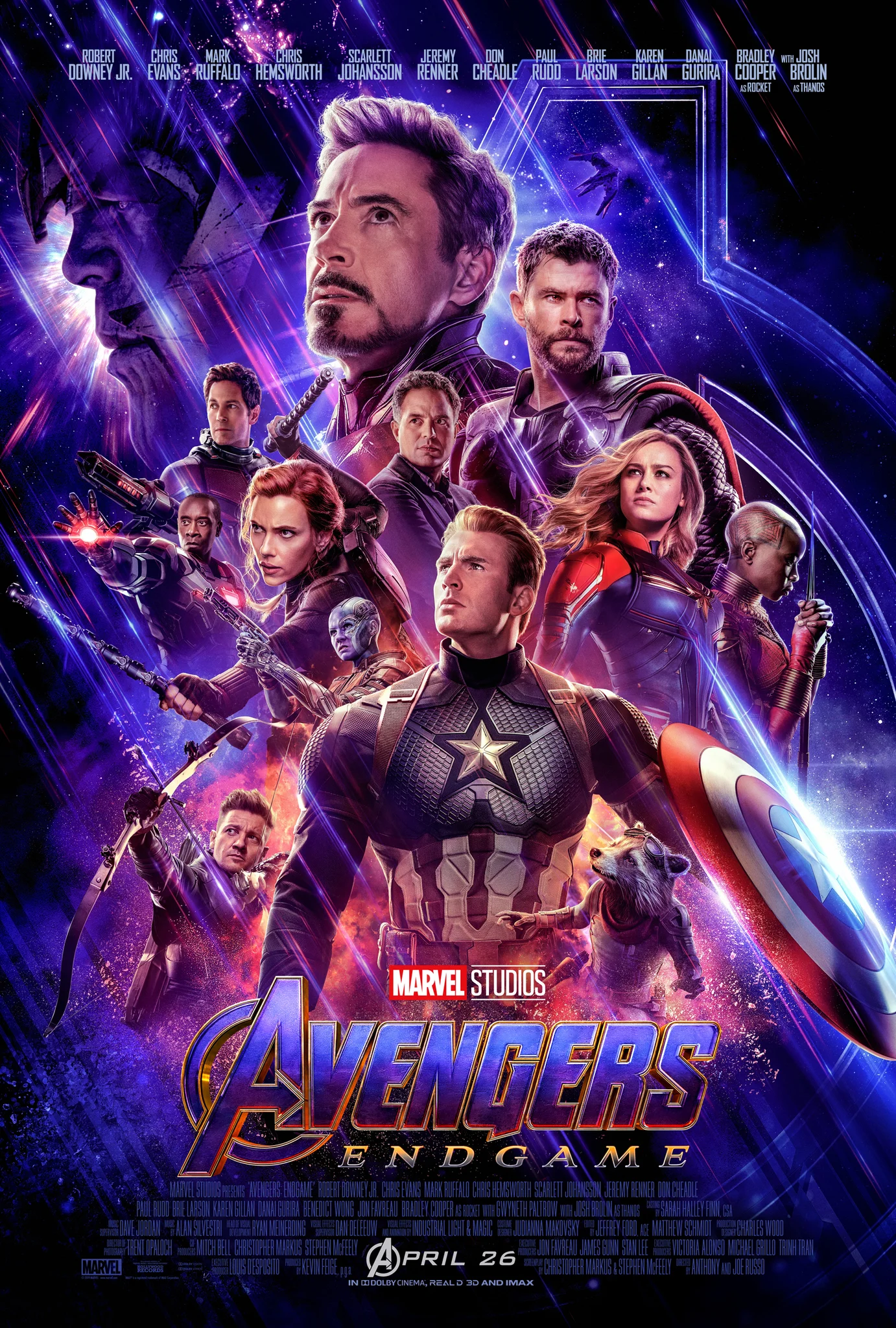A scientific experiment goes awry and rips a hole in the fabric of reality. It is a gateway to a parallel universe, similar to our own in some ways, yet vastly different in others. The concept of alternate universes coexisting within a broader multiverse has been a staple of science fiction and fantasy since Michael Moorcock first adopted the trope in his 1963 novella The Sundered Worlds. A fictional multiverse opens up an extraordinary range of new possibilities for creative storytelling, unconstrained by a single world’s established history or even its laws of reality. It is that malleability that makes multiverses the perfect narrative framework for a crossover story.
Read MoreThe Walt Disney Company does not have the best record when it comes to diverse ethnic and racial representation. Despite spending the latter half of the last decade trying to rectify this problem across its Disney, Pixar, and Marvel Studio offerings, attempts to broaden on-screen representation still leaves both audiences and critics wanting.
Read MoreWhat does animation when utilised in cinema have to do with the Anthropocene? This term emerged in the scientific community at the turn of the millennium as a way of categorically establishing the impact of humans (or Anthropos) on Earth by naming the current geological era after them. I seek here in this blog post to think about the relationship between special effects and a geological era characterised by human activity on Earth – global warming, the sixth mass extinction, mass migration.
Read MoreAnnihilation (Alex Garland, 2018), a science fiction film set in the present day, stands out as a compelling example of fantasy/animation through its representation of chimerical monstrous creatures. The film contains uncanny imaginings of alligator-shark hybrids, skull-faced bears that growl with human voices and flower patches spectrally arranged in the shape of the human body.
Read MoreIt’s Christmas in the Western world, which, in the United States at least, means it’s time for holiday movie marathons! As per tradition, thousands of Americans gather around the television to watch animated classics like How the Grinch Stole Christmas (Chuck Jones & Ben Washam, 1966), A Charlie Brown Christmas (Bill Melendez, 1965), Frosty the Snowman (Jules Bass & Arthur Rankin, Jr., 1969), A Nightmare Before Christmas (Henry Selick, 1993), and, of course, Rudolph The Red-Nosed Reindeer (Larry Roemer, 1964).
Read MoreIn the introduction to Fantasy/Animation: Connections Between Media, Mediums and Genres, Christopher Holliday and Alex Sergeant argue that “the fantasy and animation relationship should be conceptualized not as an “and” or an “or”, but as a dialect of “fantasy/animation”” (2018: 13). The slash that appears in the book’s (and this blog’s) title is not a ‘fixed divide’, but a “fluid channel through which fantasy and animation are permitted to intersect, collide and intermingle” (ibid.)
Read MoreAs academics we find it easy to converse about the complete, those films that have made their way onto the screen and given audiences pleasure and academics room for discourse and assessment. The ‘completed’ animation finds itself venerated the world over and as a medium, or art form, it appears capable of fitting almost any brief, defying the shackles of live-action and capable of producing, from a visual point at least, works of both realism and fantasy that are only limited by the imagination and skills of the creator.
Read MoreMy first encounter with animated fantasy was, ironically, static in two dimensions. While I wasn’t born when Smallfilms’ The Pogles was originally broadcast by the BBC in 1965, I grew up watching repeats of Pogles’ Wood (Oliver Postgate,1965-1967) in the Watch with Mother slot in the early 1970s. Some kind person bought me the hard-cover annual from the original series (that was never repeated by the BBC because it was considered too frightening), and I can clearly remember the delighted horror with which I would timorously turn the page to see the villainous Witch of the story – the reason for the one-time-only broadcast.
Read MoreIn around 1957, Jim Henson travelled through Europe, as Michael Davis describes in his book Street Gang: The Complete History of Sesame Street and “took in puppet performances throughout Europe…impressed at how appreciated the art form was outside the United States” (2008: 83). It was this commitment to the form of puppetry and its capacity for emotional expression and innovation of technology and technique that finds such full realization in The Dark Crystal (Jim Henson, 1982) as a vividly authored high fantasy film.
Read MoreLife is Strange 2 (2018-) is a deeply emotive episodic videogame that revolves around a teenager and his young brother who are thrown into a series of adventures steeped with numerous struggles rooted in modern social and cultural realism. Towards the beginning of the game, the boy’s father dies at the hands of a police officer (who also is killed), and the siblings must go on the run out of fear they may be wrongly accused, arrested and separated.
Read MoreI want to tell you about my favourite personal interest and ruling passion as a scholar, the thing I find it hard to live without; television animation. But you should know something about me first. I was diagnosed very young with Asperger’s Syndrome, which is considered to be on the high end of the Autism spectrum. People with Asperger’s can function well by themselves and amongst friends and family, and work well when given tasks that they can do, but find it very difficult communicating to others if they don’t know how to, or if they have never met or interacted with someone before.
Read MoreNature inspires all forms of creativity, playing an important role in a range of fantasy stories and feature films. The context of the natural environment is not only often vital to the atmosphere of each story’s setting but, equally, the direction and drama of the unfolding plot. In this blog post, I wish to discuss how natural symbols in Norse legend influence in particular some of the animated fantasy media we see today; including the film adaptations of The Lord of the Rings (Peter Jackson, 2001-2003), the Marvel Cinematic Universe superhero franchise, and the recent series Vikings (Michael Hirst, 2013-).
Read MoreReleased in 2018, Spider-Man: Into the Spider-Verse (Bob Persichetti, Peter Ramsey & Rodney Rothman, 2018) explored the visual storytelling possibilities of animation. A computer-animated superhero feature film that retells the story of Miles Morales, a boy bitten by a radio-active spider giving him similar powers to those of Spider-Man, Spider-Man: Into the Spider-Verse bucks many of the traditional techniques of animation, and the production team used novel techniques to depict motion, depth of field, and emotion. Particularly notable is the combination of comic book elements within an animated feature. How do these novel techniques, alongside the combination of comic book mythology and animated storytelling, impact viewers’ comprehension of and experience of the story?
Read MoreSet in the DC universe, North American animation television series Young Justice (2010-) follows a large ensemble of superheroes who undertake various covert missions. While iconic figures such as Superman, Batman, and Wonder Woman do make fleeting appearances, the programme deliberately spotlights lesser-known characters and sidekicks (Fig. 1). The first season followed the first Robin, Aqualad, Kid Flash, Superboy, Miss Martian, and Artemis. The second introduced a plethora of new team members but mostly focused on the second Blue Beetle and Impulse, the Flash’s time-traveling grandson.
Read MoreIn September 2018, after ten seasons following a human boy named Finn, his adoptive brother, a shape-shifting, talking dog named Jake (Fig.1), and their zany hijinks, quests, and adventures in the post-nuclear apocalyptic land of Ooo, cult-pop cartoon series Adventure Time (Pendleton Ward, 2010-2018) finally drew to a close. With themes of temporality, cyclicality, the apocalypse, and growing up, the narrative of Adventure Time seems to be in direct conversation with its time-constricted episodic television format, as well as the time-and-physics-bending medium of animation.
Read MoreA little while ago I did some work on fantasy cinema and, while I’m keen to avoid the slightly unedifying spectacle of trawling through that material again, I would like to spend a little time thinking about a couple of its omissions: animation and violence. One reason for visiting these topics now is that I wonder whether violence in fantasy and/or animation may run the risk of not being taken seriously at all, possibly on grounds of realism. If the violence is so obviously signposted as fictional through its animated or fantastical nature, aren’t we missing the point if we start talking about its meaning and significance?
Read MoreThe term ambivalence was coined by the psychiatrist Eugen Bleuler to describe two opposite ideas that coexist in uneasy union. While superheroes are often understood as narratives of assurance, comfort and security, it is ambivalence, or even anxiety, that provides the more useful concept when it comes to interrogating the dynamics at work in the cinematic superhero phenomena. This is particularly the case in its relationship with technology, both aesthetically and philosophically.
Read MoreFrom a costume design point of view, a combination of the words ‘fantasy’ and ‘animation’ directly creates an impression of visually innovative costumes. After all, in animation anything imaginative can be designed, breaking the laws of gravity (with costume) or establishing textiles which are not bound to or are replicated from the real life. What a fruitful starting point for costume design!
Read MoreMy own initiation into fashion film was a hesitant one, uncertain as to whether fashion films could ever be situated on the same spectrum as traditional film. The role that fashion film plays within cinema is still relatively undiscovered. Films dissected by Stella Bruzzi (1999) have often explored both fashion and film as two separate entities, which combine in challenging identity and metaphorical gestures, as well as aesthetics; whilst an auteur of the early fashion film, Guy Bourdin, created voyeuristic moving images which have only in recent years, begun to emerge to a wider audience.
Read More



















